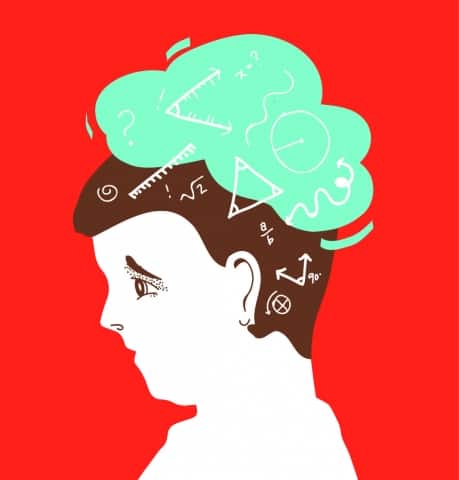While all students encounter difficulties completing their university educations, some students — me included — deal with an additional challenge: Attention-Deficit/Hyperactivity Disorder.
ADHD is a behavioural disorder that affects one’s ability to manage everyday tasks and routines. ADHD is characterized by three core symptoms: inability to regulate attention, inability to regulate activity — known as hyperactivity — and lack of impulse control.
In everyday life, these symptoms can manifest in a wide variety of ways, ranging from poor time management to emotional outbursts to interrupting conversations. No two individuals with ADHD will have the exact same symptoms or behaviours.
Although ADHD is typically associated with children, approximately four per cent of adults also struggle with the disorder. I’m one of them.
I was not diagnosed with ADHD until I was 21 and in my third year of university. Over the last two years, I had significant struggles managing the demands of a university course load. I was missing deadlines, forgetting appointments and lacking the ability to focus on my classes.
As someone who was an extremely good student in high school, this was really confusing for me. Why was I suddenly unable to do routine stuff? It’s not because I lacked motivation or the desire to learn — I loved university and wanted to do well. It was as if there was a gap between what my brain knew I needed to do to succeed and the ability to actually make myself do it.

Although I’ve dealt with other mental-health issues for many years, ADHD wasn’t even on my radar until my doctor suggested it as the source of my issues. Me? A learning disability? It didn’t make sense.
Yet, after going through the screening process, there’s no doubt that I have ADHD.
Why was my diagnosis missed in childhood? While it’s impossible to know exactly why, there are definitely some contributing factors.
First, I’m a girl. Although the Centre for ADHD Awareness Canada reports that anywhere between five to 12 per cent of school children meet the criteria for ADHD, their website states that “more boys than girls are diagnosed at a rate of 3 to 1.” Because girls are less likely to outwardly display typical ADHD symptoms, they’re less likely to receive diagnosis or treatment — despite struggling with similar levels of academic and social issues as boys do.
Second, I didn’t fit the stereotypical image of a child with ADHD. I wasn’t hyperactive or terribly disruptive during class. I never struggled academically. In fact, I was almost the opposite. I was well behaved and an excellent student. Teachers and parents had few complaints.
Not to say that kids diagnosed with ADHD can’t be all those things — far from it — but the disability is frequently associated with disruptive behaviour and poor academic performance.So, because I didn’t struggle with those things, it was easy for adults to overlook less visible symptoms.
Figuring out how to navigate a learning disability as an adult has been challenging at times. Those who were diagnosed in childhood probably came into university with the right coping skills for their disorder. They know how to handle it, and I don’t.
I’ve had to shift how I view myself and the world in light of it. Sometimes, it’s been a source of shame — like suddenly being diagnosed with ADHD makes me less smart or capable than I was before. Other times, it’s been a relief to finally know that I wasn’t just lazy or stupid and that the problems had a cause.
I’m learning to live with it and to thrive with it. A new prescription and a new way of organizing my calendar have both helped a ton.
With the right treatment and strategies, students with ADHD and other learning disabilities can absolutely succeed in university. And, despite other distractions, it’s those successes that we should choose to focus on.
—
Emily Klatt
Graphic: Lesia Karalash / Graphics Editor